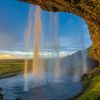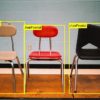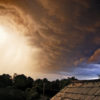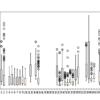We have put together the complete Transformer model, and now we are ready to train it for neural machine translation. We shall use a training dataset for this purpose, which contains short English and German sentence pairs. We will also revisit the role of masking in computing the accuracy and loss metrics during the training […]










